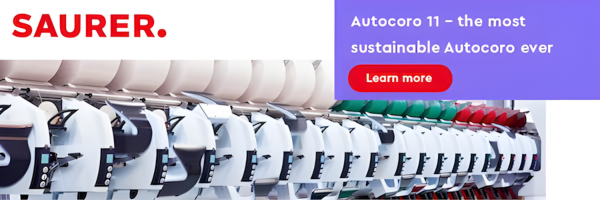Textile and Clothing Exports in MENA Past Performance, Prospects and Policy Issues In Post MFA Context
Abstract
Growth in world textile and clothing exports have decelerated in US dollar values since the mid-1990s coinciding with the liberalization of the export quota regime under Apparel and Textile Agreements I & II. Evidence is suggestive of the decline in unit values as the competition intensifies.
Largely quota-free and enjoying preferential agreements, MENA country exports of clothing thrived under the earlier MAF quota regime (1984-95) that constrained the dynamic exporters. However, in the recent period, 1995-2000, leading up to the abolition of MFA in 2005, MENA market shares have leveled off signaling a potential decline, if MFA is totally abolished as scheduled.
The fear of a total rout of MENA countries from world clothing market is unjustified because of the expected continuation of preferences in tariffs and existence of niche markets. The potential loss of market shares are likely to be confined to GCC countries which have been used as export platforms by third country exporters to circumvent quota barriers for exports from their soil.
An important caveat in this optimistic assessment is that being already high wage economies, MENA countries could easily risk the advantages of being close to a major clothing importing region – EU, if they fail to contain wage costs by letting their real exchange rate drift too much from “equilibrium”, or, catch up with competition in economizing on domestic service delivery costs for trade such as communication, transport, customs and general administration.
I. The World Scene: Intensifying Competition in the run up to the abolition of MFA World export of textiles and clothing1 amounted to about US $ 356 billion in 2000, or, 6 percent of world exports, with the relatively labor-intensive clothing sector valued higher than textiles at US $ 199 billion.
Since 1962, when Japan became the first dynamic exporter, importing industrial countries have sought to limit import penetration by exporters under various quantitative controls such as “Long-Term Agreements” (1963-74), “Multi-Fiber Arrangement” (1974-94), and, the currently in force, “Agreement on Textile and Clothing” (1995-2004).
While the pace of growth in textile exports has always lagged behind that of manufactures, clothing sector outpaced it through the 1970s and 1980s, but witnessed a slowdown since the 1990s (Figure 1). Particularly, under the current phase of ATC, growth has been negative in the run up to the total lifting of all quantitative restriction on January 1, 2005.
by Masakazu Someya, Hazem Shunnar and T.G. Srinvasan
Social and Economic Development Group Middle East and North Africa Region



















